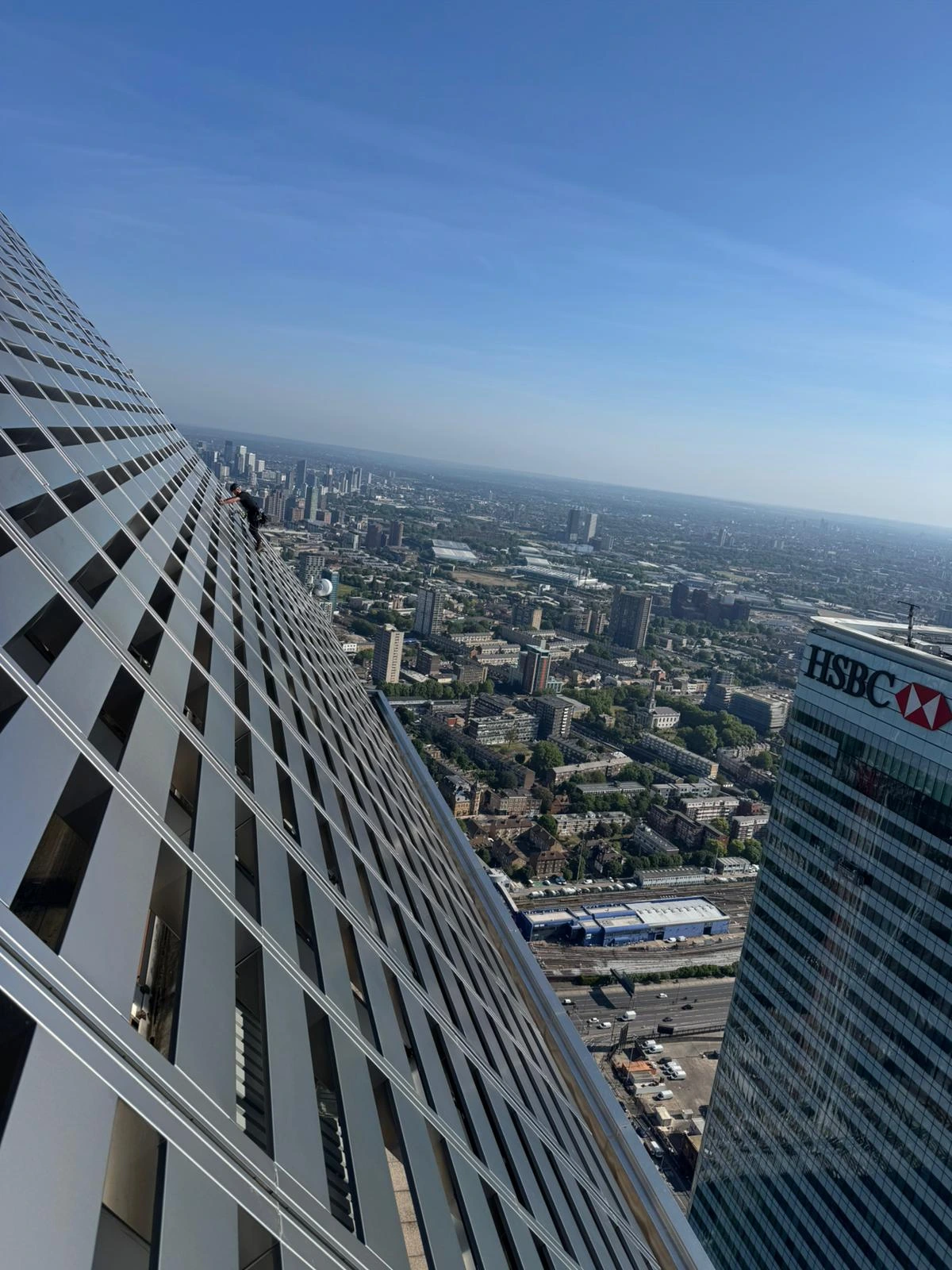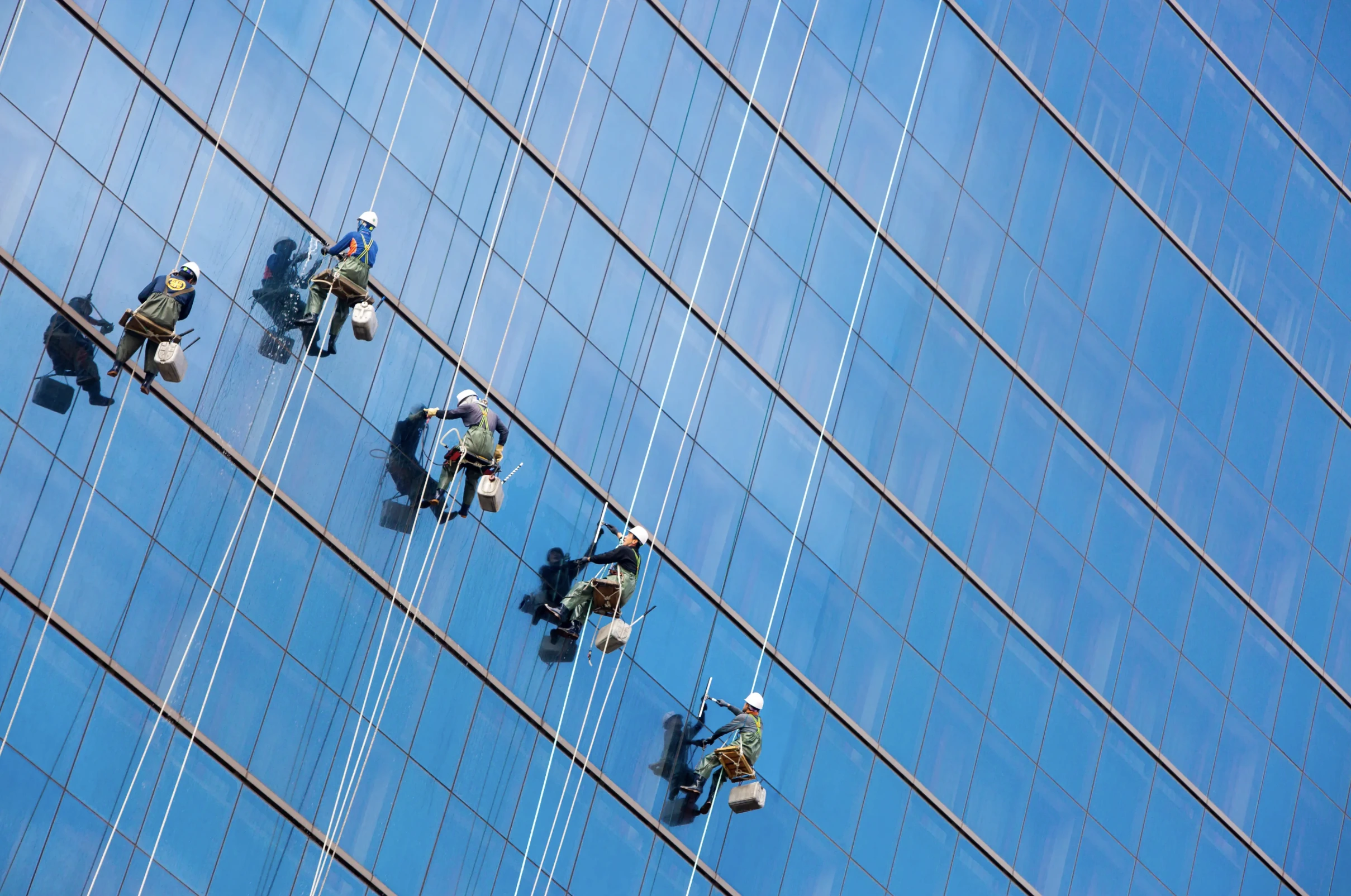
The Essential Need for Green Spaces in London
Discover how rooftop gardens in London help bees thrive by providing essential food and habitats, and learn how you can create your own bee-friendly space.
Introduction
London, a bustling metropolis known for its rich history and vibrant culture, is also home to numerous green spaces that provide a breath of fresh air amidst the urban sprawl. As cities around the world grapple with increasing urbanisation, the importance of green spaces has never been more apparent. These natural sanctuaries are not mere luxuries but essential components of urban life, offering environmental, health, and social benefits. This article delves into the need for green spaces in London, exploring their historical significance, current state, and future prospects.
Historical Context
London's relationship with green spaces dates back centuries, with parks and gardens playing a crucial role in the city's development. In the 17th century, the creation of royal parks such as Hyde Park and St. James's Park marked the beginning of a tradition that would see green spaces becoming integral to London's urban fabric. These parks were initially reserved for royalty and the elite but gradually opened to the public, reflecting changing social attitudes.The Victorian era saw a surge in the establishment of public parks, driven by a recognition of their health benefits and the need for recreational spaces for the working class. Iconic parks like Regent's Park and Victoria Park emerged during this period, setting a precedent for urban planning that prioritised green spaces.
Current State of Green Spaces in London
Today, London boasts a diverse array of green spaces, from large parks like Richmond Park and Hampstead Heath to smaller community gardens and squares. The city is home to eight Royal Parks, covering approximately 5,000 acres, and over 3,000 public parks and green spaces. Recent initiatives, such as the London National Park City movement, aim to transform the city into a greener, more sustainable environment.However, despite these efforts, London's green spaces face significant challenges. Rapid urbanisation puts pressure on available land, leading to the encroachment of green areas. Maintenance and funding are also ongoing concerns, as local councils struggle to balance budgets while preserving these vital spaces.
Benefits of Green Spaces
Environmental Benefits: Green spaces play a crucial role in enhancing urban environments. They act as the lungs of the city, improving air quality by filtering pollutants and producing oxygen. Trees and plants in these areas help mitigate the urban heat island effect, where city temperatures are significantly higher than surrounding rural areas. Additionally, green spaces support biodiversity, providing habitats for various species of flora and fauna, thereby enriching urban ecosystems.
Health Benefits: The health benefits of green spaces are well-documented. Regular access to parks and natural areas promotes physical activity, reducing the risk of obesity, cardiovascular diseases, and other health conditions. Moreover, green spaces have a profound impact on mental health. Studies have shown that spending time in nature reduces stress, anxiety, and depression, while improving overall mood and cognitive function.
Social Benefits: Green spaces foster social interaction and community cohesion. They serve as communal gathering spots where people of all ages and backgrounds can engage in recreational activities, from picnics to sports. These areas also provide educational opportunities, allowing children and adults alike to learn about nature and the environment. Community gardens and urban farming initiatives further enhance social bonds by encouraging collective participation in sustainable practices.
Examples
Hampstead Heath: Hampstead Heath is one of London's most beloved green spaces, covering 790 acres. Its diverse landscapes, including woodlands, meadows, and ponds, offer a haven for wildlife and a retreat for city dwellers. The Heath's mix of natural beauty and recreational facilities, such as swimming ponds and walking trails, exemplifies the multifaceted benefits of urban green spaces.
The Queen Elizabeth Olympic Park: Developed for the 2012 London Olympics, the Queen Elizabeth Olympic Park is a prime example of how green spaces can be integrated into urban redevelopment projects. Spanning 560 acres, the park includes wetlands, woodlands, and gardens, alongside sports venues and public art installations. It has revitalised the surrounding area, providing a vibrant space for recreation, community events, and wildlife conservation.
Community Gardens and Urban Farming Initiatives: Community gardens like the Dalston Eastern Curve Garden and urban farming projects such as the Brockwell Park Community Greenhouses demonstrate innovative uses of urban spaces. These initiatives not only enhance local food security but also foster community engagement and education, highlighting the potential for small-scale green spaces to make a big impact.
Challenges and Threats
Despite the clear benefits, green spaces in London face numerous challenges. Urban development pressures threaten to encroach on these areas, as the demand for housing and infrastructure grows. Funding for maintenance and improvement of green spaces is often insufficient, leading to deterioration and neglect. Climate change also poses a significant threat, with extreme weather events and changing conditions affecting the health and resilience of these spaces.
Future Prospects and Recommendations
To safeguard and expand green spaces in London, several strategies can be implemented. Policymakers must prioritise green spaces in urban planning, ensuring that new developments include provisions for parks and natural areas. Innovative solutions, such as rooftop gardens and vertical forests, can help integrate greenery into densely built environments. Additionally, community involvement and public-private partnerships are essential for the sustainable management of green spaces.
Encouraging volunteer programs and educational initiatives can foster a sense of ownership and stewardship among residents, ensuring that green spaces are well-maintained and appreciated. Investment in green infrastructure, such as green roofs and walls, can also enhance urban resilience to climate change while providing additional green spaces.
Conclusion
Green spaces are vital to the well-being of London's residents and the overall health of the urban environment. They offer numerous benefits, from improving air quality and supporting biodiversity to enhancing physical and mental health and fostering social cohesion. As London continues to grow and evolve, it is crucial to protect and expand these natural sanctuaries. Policymakers, communities, and individuals must work together to ensure that green spaces remain an integral part of the city's landscape, providing a legacy of well-being for future generations. The future of London’s green spaces is not just a matter of urban planning but a commitment to a healthier, more sustainable way of life.





